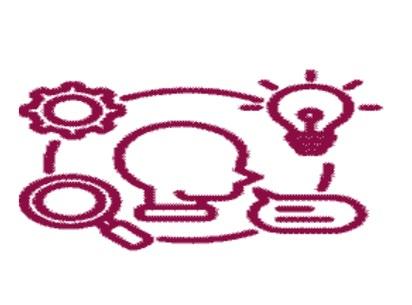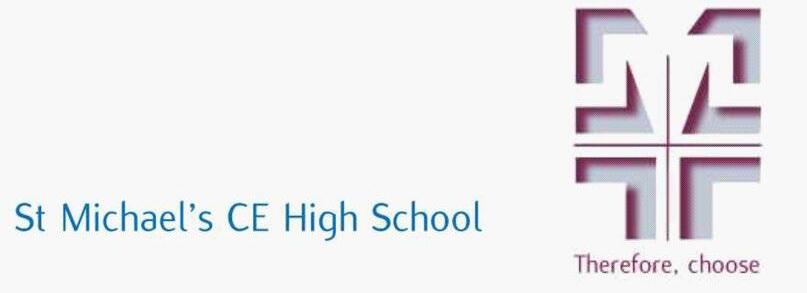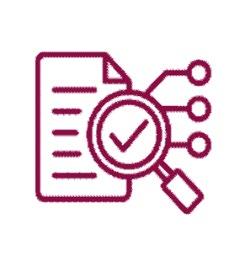
Topic/Big Question
Theme(s)
Key Knowledge

Key Skills


Pupils continue in year 7 build upon the key mathematical skills and concepts they completed at KS2, with a focus on numerical calculations and an introduction to algebra. Pupils will become fluent in the fundamentals of mathematics, developing deep conceptual understanding through concrete, pictorial and abstract representations resulting in an ability to recall and apply knowledge efficiently.
& decimals1
& decimals2
Experimental probability Theoretical probability Calculations with integers and decimals Calculations with negative numbers, estimating and standard form
To know that relative frequency means 'fraction of time we expect a given result'.
To understand ideas of bias and randomness.
To know the probability scale.
To know timestables from 1-12.
To know the difference between theoretical and experimental probability.
To know the 4 operations.
To know the number line can be positive and negative.
To know numbers that are very small or very large can be written in standard form.
To identify numbers that are odd, even,prime, factors, multiples, squares, cubes and roots.
Know square numbers to 152 Know cube numbers to 63. Know prime numbers upto 29.
To know how to write numbers as fractions, decimals and percentages.
To know what the term to term rule and position to term (nth term) rules are.
To know triangle, square and cube numbers.
To recognise a Fibonacci or quadratic sequence
To solve balance problems
To know how to solve a balance problem with bags and marbles.
To know how to use positive and negative integer powers to write numbers in index form.
Use relative frequency as an estimate of probability.
Record, analyse and describe results of probability experiments.
To use relative frequency to predict how many times we expect an outcome to happen.
To calculate probabilties as fractions, decimals and percentages.
To calculate probabilities of simple combined events.
To use tables and grids to list outcomes.
To use probability to predict how many times we expect an outcome to happen.



To understand ideas of risk and lifestyle choices we make
To add, subtract, multiply and divide integers and decimals.
To add, subtract, multiply and divide negative numbers and numbers written in standard form.
To find the HCF and LCM of 2 or more numbers. Write numbers as a product of prime factors and use to find HCF and LCM with large numbers
To order fractions, decimals and percentages.
To add subtract, multiply and divide numbers in index form
To generate sequences using the term to term and position to term rules.
To identify the term to term and position to term (nth term) rules.
To know how to generate terms of a quadratic and Fibonacci sequence.
To find the position to term rule of a quadratic sequence
To generate a geometric sequence and find the nth term of a geometric sequence.
To solve linear equations up to equations with the unknown on both sides.
To form and solve linear equations.
Number sequences in nature and the Fibonnachi spiral
